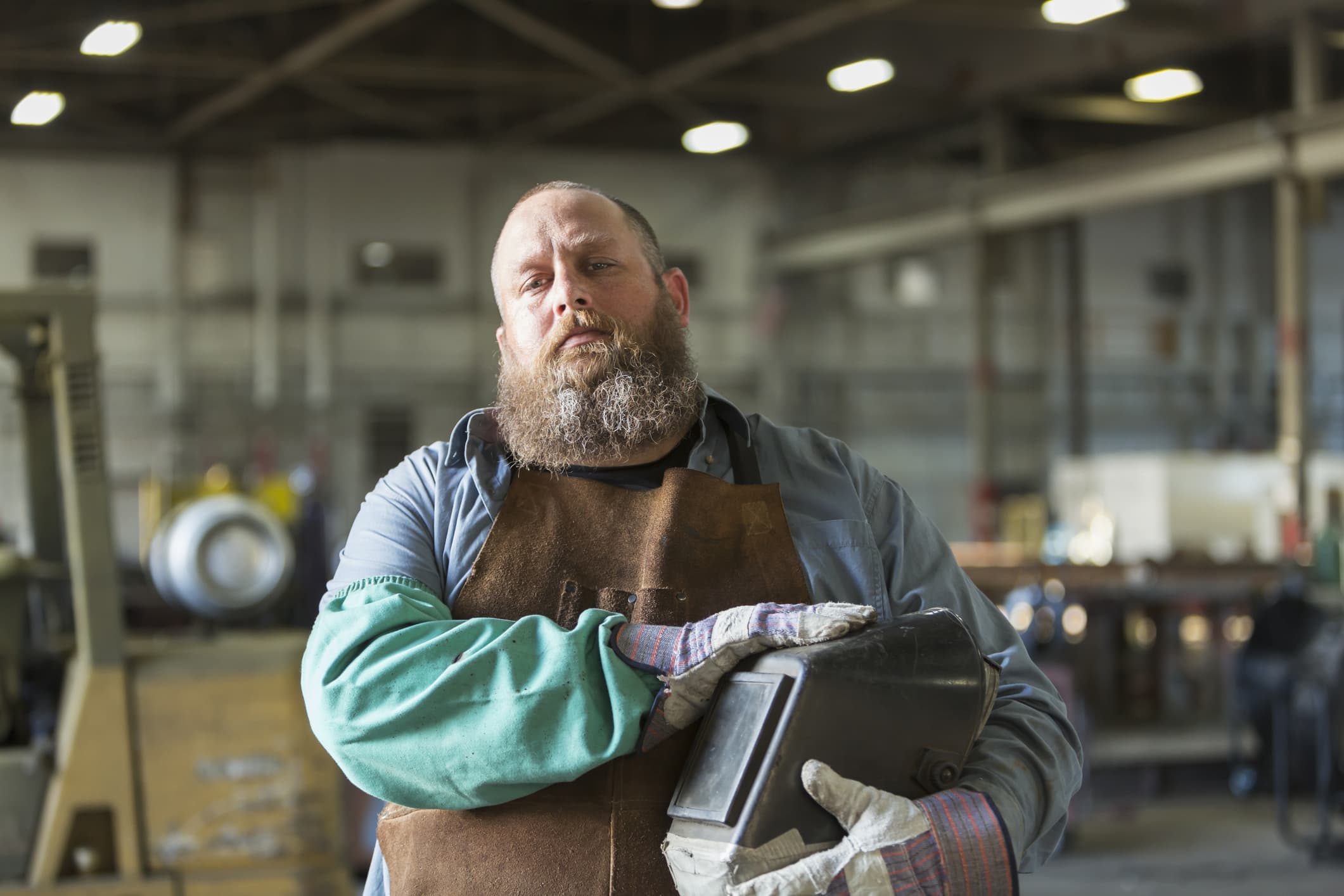Occupational Cancer: Understanding the Risks
Published on Posted onWork-related cancers remain one of the biggest health problems that workplaces across our country face every day. Did you know that 40 per cent of the Australian workforce aged 18 to 65 may currently be exposed to cancer-causing agents at work?
This World Cancer Day, Zaparas Lawyers are bringing attention to Australia’s occupational cancer burden to help educate workers about workplace cancer risks and their entitlements if diagnosed with a work-related cancer.
The occupational cancer burden in Australia
Workers in a variety of industries are exposed to chemicals, gases, dusts, and other materials increasingly linked to cancers.
While it’s impossible to say the exact number of diagnoses that are attributable to workplace exposures, about 5000 people are diagnosed with work-related cancers each year.
Some of the most common cancers caused by occupational duties in Australia include:
- Bronchus and lung
- Prostate cancer
- Mesothelioma
- Bladder
- Non-Hodgkin Lymphoma
- Leukaemia
It’s also estimated that about 300 melanomas and 34,000 other skin cancers in Australia are caused by occupational exposure to UV radiation.
Most common types of occupational cancer
Hazards like asbestos and UV radiation are some of the most well-known causes of occupational cancers. But there are other exposures and specific jobs which are less known, including the risks of welding fumes to welders.
In fact, the International Agency of Research for Cancer identified 210 cancer-causing agents that workers are potentially being exposed to within the workplace. Some of the most common include:
- Asbestos and silica dust
- Combustion products like diesel engine exhaust
- Welding fumes and metals like chromium, beryllium, and lead compounds
- UV radiation
- Benzene and other chemicals
- Wood and rubber products
- Second-hand environmental tobacco smoke
These carcinogens have varying potential to cause occupational cancers, and whether you’re at risk depends on the kind of work you do and whether your employer has measures in place to limit exposure.
For example, workers in the farming, transport, mining, construction, and other trades industries (like painting, welding, masonry etc.) are the most likely at risk of exposure in the workplace because of the kind of products they work with.
Though it can be difficult to link a cancer case to an occupational cause because it often takes many years, sometimes decades, for symptoms to appear and a diagnosis to be possible.
Claiming workers’ compensation for occupational cancers
A cancer diagnosis can wreak havoc on various parts of your life; family, social, financial just to name a few. Many things may run through your mind. How will this affect my family? Will I be able to continue working? How will my bills get paid?
If you’ve been diagnosed with a work-related cancer, there are avenues available to help you, such as workers’ compensation.
In most cases your eligibility for an occupational disease workers’ compensation claim depends on the strength of association between your job and the cancer type – that is, a link needs to be found between your cancer and your current or previous employment.
Statutory workers’ compensation vs common law compensation
There are two types of workers’ compensation claims you can make for occupational cancer: statutory claims, and common law claims.
Each Australian jurisdiction has its own workers’ compensation scheme; however, all schemes are based on a “no fault” principle. This means that you don’t need to prove that it was anyone’s fault you developed cancer to be eligible for statutory weekly workers’ compensation payments, only that it was work-related.
Statutory benefits can include:
- Weekly payments for lost past and future wages
- Medical expenses
- Personal and domestic care
This isn’t to say that you aren’t also able to sue your employer for lump sum compensation if your cancer was due to their negligence (known as a common law claim) – such as if your employer skimped on safety protocols, or failed to provide you with appropriate PPE during your employment. Except, this type of claim requires you to be able to prove it was your employer’s fault.
Common law claim benefits can include lump sum compensation for:
- Lost past and future wages
- Medical expenses
- Personal and domestic care
- Pain and suffering
Presumptive cancer workers’ compensation legislation
Most Australian jurisdictions also have a list of “deemed diseases” which encompasses a range of diseases (including cancers) which are automatically deemed work-related.
This list is designed to make the workers’ compensation process easier for workers with cancer on the presumption that certain types of workplace exposures and occupations carry a much higher chance of developing cancer than if the worker wasn’t in that field.
For example, in Victoria, if a stone mason is diagnosed with silicosis, they may automatically be entitled to claim workers’ compensation due to the fact that there is a much higher risk of developing such a cancer in that line of work.
Victoria’s list of “proclaimed diseases” can be found under Section 51 of the Workers Injury Rehabilitation and Compensation Act 2013.
Queensland is the only state which does not have any form of “deemed disease” list.
But what about if your cancer isn’t work related, but it still stops you from working?
Don’t fear. Under Australian Law, cancer is classified a disability.
So, if your diagnosis stops you from being able to work, regardless of what caused it, you may be eligible to claim insurance through your superannuation like Total and Permanent Disability insurance. Such policies are made to help you financially through your battle, so you can focus on your recovery.
With all this being said, despite a significant increase in workers’ compensation cancer claims in the past decade, studies suggest that the number of occupationally caused cancers that are compensated equates to less than eight per cent of diagnoses.
This could be due to the difficulties in proving causation, and the long latency period between exposure and most diagnoses; or because of a lack of awareness and linked between cancers and occupations.
More still needs to be done to reduce exposure to known carcinogens in the workplace and to ensure those affected by workplace carcinogens are properly compensated.


